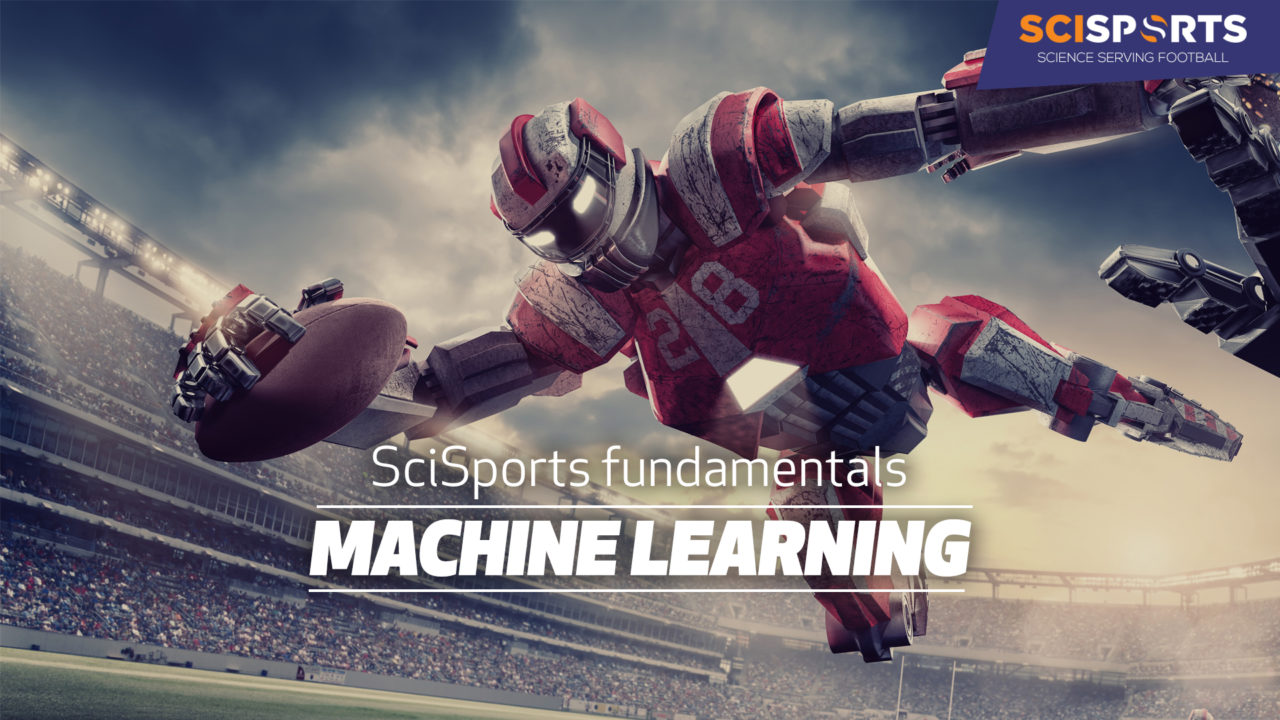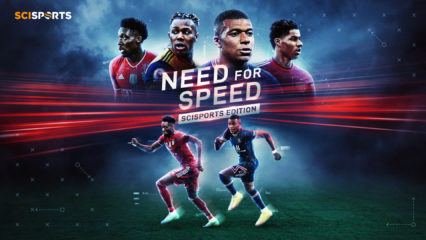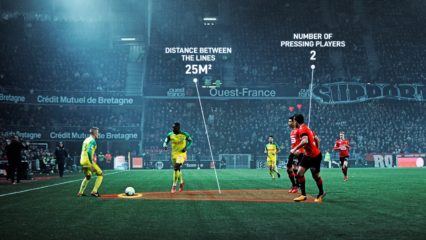
At SciSports, our team of computer, football and engineering geniuses work hard on creating the best possible reports, models and algorithms that we use for the services we provide. An important part of this work is a concept called ‘machine learning’. To get a better grasp on what machine learning is, we asked our Artificial Intelligence Expert Jan van Haaren to explain to us the theory and processes behind it.
The concept of machine learning starts with another concept: artificial intelligence. “Artificial intelligence is a multidisciplinary branch of computer sciences, which has the aim of developing systems that are able to reason on complex problems independently of human interference. The ultimate goal of this branch is to build systems that can emulate human intelligence or even surpass it. Machine learning is an important subfield of artificial intelligence. Machine learnings aims to develop systems that can independently perform tasks for which they are not explicitly programmed.”
“Machine learning algorithms improve in performing a particular task as they gain more experience, in which experience is typically defined as the amount of information that is available to them. In general, a machine learning algorithm will perform better when more qualitative data becomes available.”
The term machine learning might not sound familiar to many, but machine learning algorithms are present everywhere in your daily life. Some examples of machine learning algorithms that have recently been mentioned in the media are personal assistants in mobile devices (smart personal assistants), autonomous vehicles (self-driving cars) and AlphaGo, a smart algorithm of Google DeepMind that beat the reigning world champion Lee Se-dol in the oriental board game Go. “The victory of AlphaGo marked a significant milestone in machine learning”, says Van Haaren. “Go is very difficult to play by computers due to the huge number of possible game situations (or possible configurations of the board).”
“Artificial intelligence and machine learning will play a very important role in the future for both SciSports and football analytics in general. Existing mathematical models model existing knowledge and insights in football, while artificial intelligence and machine learning makes it possible to discover new connections that people would not put together themselves. At first sight, a board game like Go and a sport such as football may seem to have little in common, while in fact they are very similar.”
“Like Go, football has an enormous amount of potential game states, in which heaps of different actions are possible in every game situation. A randomly picked game state consists of, among other things, the positions of the players and the ball as well as the current scoreline. In each game situation, a player can choose from a variety of actions such as moving into channels, dribbling past an opponent or giving a pass to a teammate. The challenge is to present both the game states themselves as well as the transitions between game modes in a compact and efficient manner.”
So, how can the use of machine learning algorithms benefit football? “A concrete application could be to automatically assign a value to every action a player makes, such as a pass to a teammate or a smart run. In football, it is quite difficult to distinguish between successful and non-successful actions, due to the low number of goals scored in a match. A shot that results in a goal obviously will earn a high value, but for other actions this is a more difficult process. Machine learning could help in providing these values for every action on the pitch.”
CONTACT
CONTACT

SERVICES
SERVICES







